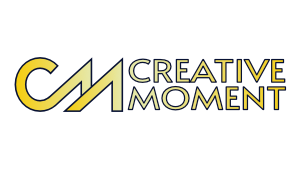Saying: If you’re not making mistakes, then you’re not doing anything
Info
- Title: If you’re not making mistakes, then you’re not doing anything
- Type: Sayings
- Category: Motivation and Inspiration
- Print: Download as PDF for printing
The quote "If you’re not making mistakes, then you’re not doing anything." is attributed to the legendary basketball coach John Wooden. The statement emphasizes succinctly that absence of mistakes typically coincides with inactivity. This widely recognized quote appears frequently in discussions about leadership, courage, learning, and personal growth.
Origin and Usage of the Quote
John Wooden (1910–2010), celebrated as a successful college basketball coach, is known for saying: "If you’re not making mistakes, then you’re not doing anything." According to sources such as BrainyQuote and Forbes, this was part of his philosophy, underscored by statements like "I'm positive that a doer makes mistakes."
The quote appears in numerous compilations of Wooden's sayings and is utilized extensively in leadership training and motivational contexts. It frequently features in books and articles on building resilience and proactive action.
Meaning and Interpretation of the Quote
John Wooden’s quote conveys the idea that genuine action inevitably involves mistakes. Active individuals make mistakes; those who never err undertake nothing.
The quote emphasizes the significance of viewing mistakes as opportunities to learn. It does not idealize faultlessness, instead presenting it as a sign of lack of initiative.
Moreover, it highlights the link between action and personal growth, clarifying that progress results precisely from experimentation and potential failures.
Philosophically, the quote invites consideration of mistakes not as weaknesses, but as integral parts of the journey toward excellence—central elements driving personal development.
- Mistakes as a necessary consequence of action
- Connection between activity and personal growth
- Criticism of excessive mistake avoidance
- Courage to experiment as evidence of engagement
- Resilience-building perspective on errors

